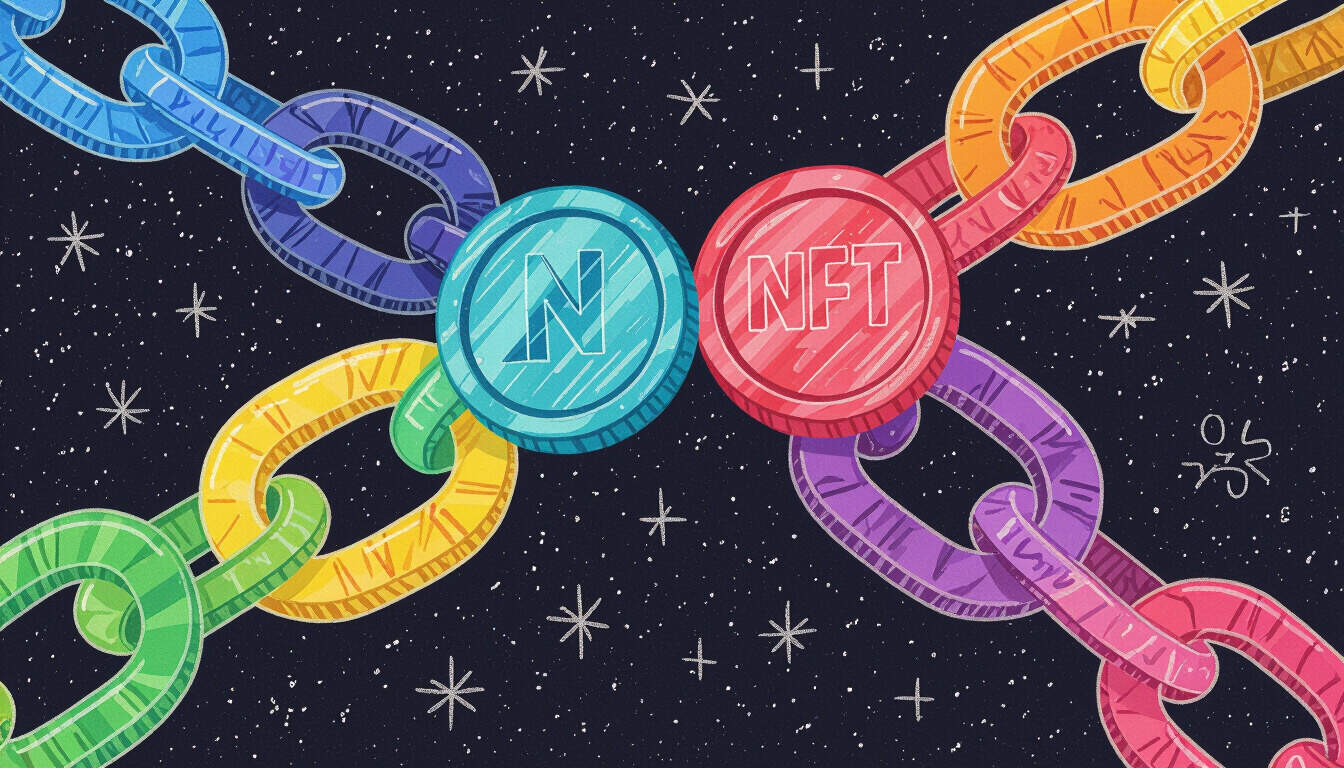NFT Blockchain Integration in Digital Finance
 by Lilian Nienow
by Lilian Nienow
NFT blockchain integration connects digital assets to secure networks, transforming finance with new opportunities for ownership and transactions. This article examines the mechanics, advantages, and applications for finance professionals and investors.

Blockchain technology serves as the foundation for many digital innovations, including NFTs. These digital assets represent ownership of unique items like art or music. In finance, NFT integration with blockchain creates new ways to handle assets.
The Basics of NFT and Blockchain Connection
NFTs function through blockchain by storing data on decentralized ledgers. This connection ensures that each NFT is unique and verifiable. For instance, an NFT might represent a share in a company or a piece of real estate. Blockchain's security features make this integration essential for preventing fraud.
In practice, developers link NFTs to blockchain networks like Ethereum. This process involves smart contracts that automate transactions. Once created, an NFT's ownership is recorded on the blockchain, allowing for easy transfer. Such integration appeals to investors seeking transparent systems.
Benefits for Finance and Technology
One major advantage is improved transparency in financial dealings. With blockchain integration, all NFT transactions are visible and immutable. This helps finance professionals track asset movements accurately. For tech enthusiasts, it opens doors to innovative applications.
Another benefit involves cost efficiency. Traditional finance often incurs high fees for asset management, but NFTs on blockchain reduce these costs. Investors can buy and sell assets directly, cutting out intermediaries. This shift supports a more inclusive financial environment.
In fintech, NFT integration enables fractional ownership. For example, a high-value asset like a painting can be divided into smaller NFTs. This allows more people to participate in investments that were once exclusive. The result is broader access to markets.
Real-World Applications
Several sectors already use NFT blockchain integration effectively. In art and collectibles, NFTs verify authenticity and ownership. Finance firms are exploring tokenized assets, where physical items are represented digitally. This application extends to securities, making trading faster.
For investors, platforms now offer NFT-based funds. These funds pool resources into digital assets backed by blockchain. In emerging technologies, integration supports decentralized finance, or DeFi, where users lend and borrow without banks. Such systems rely on NFT security to protect user interests.
Challenges also exist in this space. Scalability can be an issue, as networks sometimes struggle with high traffic. Security risks, like hacks, require constant attention. Despite these, ongoing developments continue to refine the process.
Looking Ahead
The future of NFT blockchain integration holds promise for digital finance. As technology advances, we may see more seamless connections between traditional finance and blockchain. For instance, regulatory frameworks could standardize practices, encouraging wider adoption.
Investors and professionals should watch for updates in this area. New tools might simplify NFT creation and management. Overall, this integration stands as a key driver for innovation in finance. It offers tools for building secure, efficient systems.
In summary, NFT blockchain integration reshapes how we view digital assets. By combining the uniqueness of NFTs with blockchain's reliability, it provides real value across finance and technology sectors.
